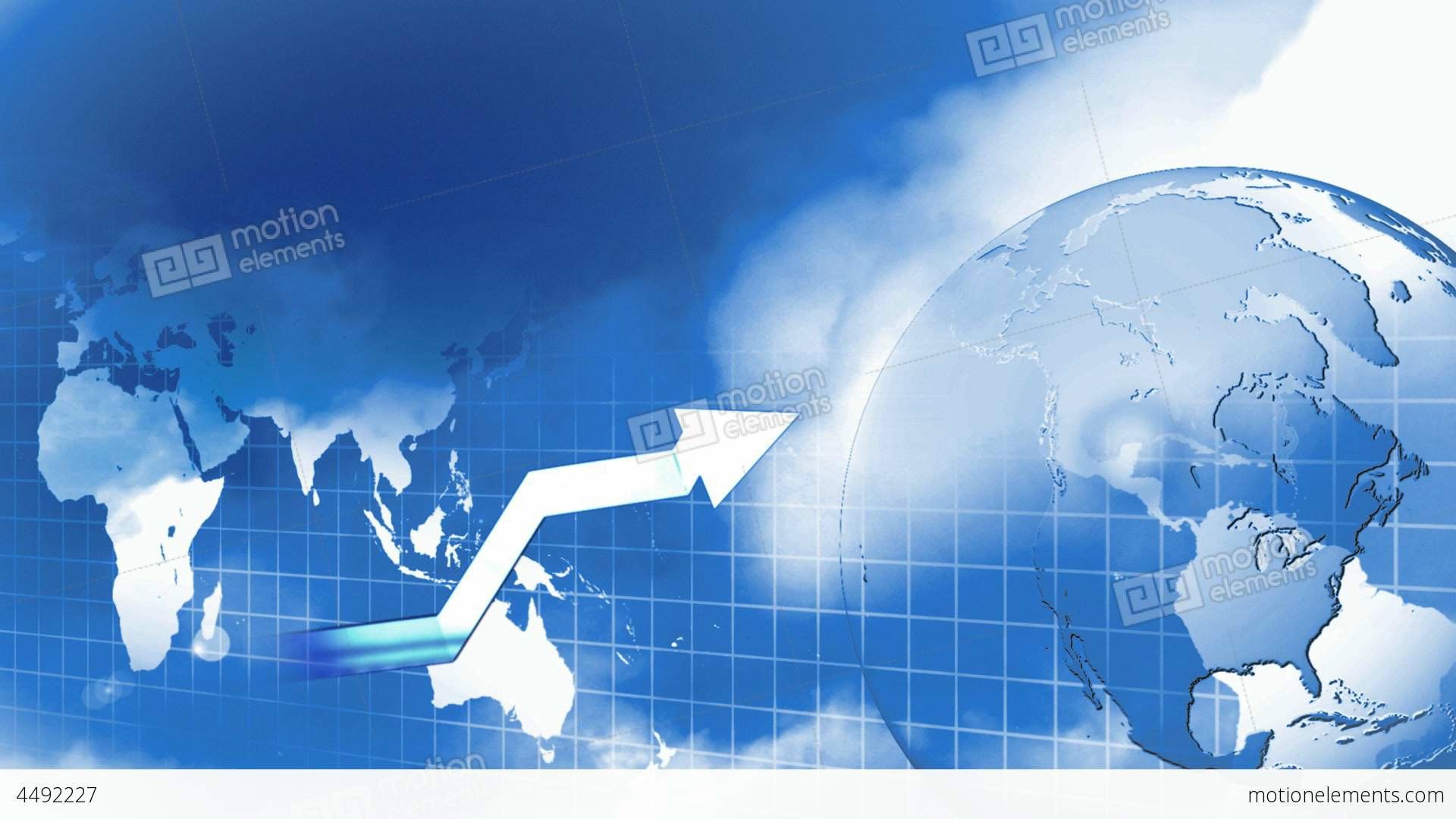Your Price Is a Fossil
The email lands with a physical thud. That’s not possible, of course, but the feeling is there-a sudden, hollow weight in your stomach, the kind you get when you miss a step on the stairs in the dark. It’s an involuntary-hic-reaction. A competitor’s launch announcement. Their product looks suspiciously like yours. It has 13 of the same features. And the price is sitting there, glowing on the screen, a full 33% lower than yours.
Your first thought is a sticktail of disbelief and smugness. “They’re burning cash. They can’t possibly make a profit at that price. They’ll be gone in 3 quarters.” It’s a comforting story, the one where your competitors are idiots and you’re the savvy one. It’s the story we tell ourselves in boardrooms to avoid the much scarier alternative.
Your price, the one you and your team spent weeks deliberating 3 months ago, is based on information that is now effectively ancient history. It’s a fossil. You based it on supplier quotes from last season, shipping cost estimates from a different geopolitical climate, and a market analysis that didn’t account for a new processing patent filed 43 days ago in another country. Your competitor’s price is based on last Tuesday.
The Dynamic Game of Pricing
I have a friend, Cameron Z., who has one of the strangest jobs I’ve ever heard of.

















































